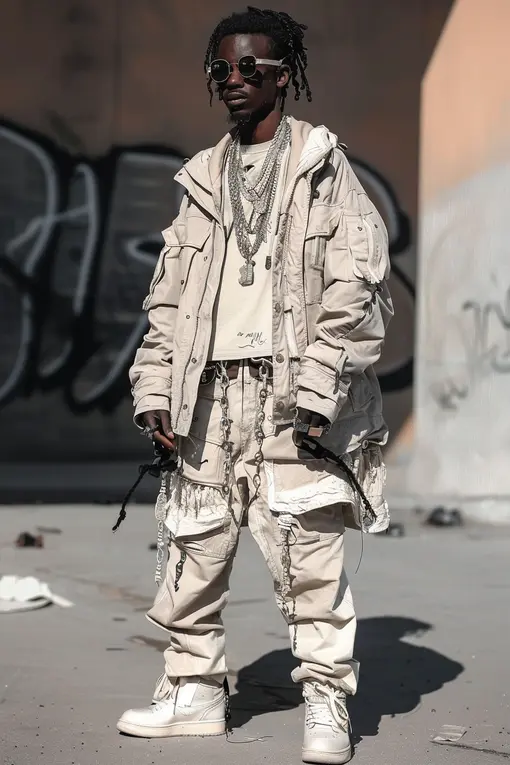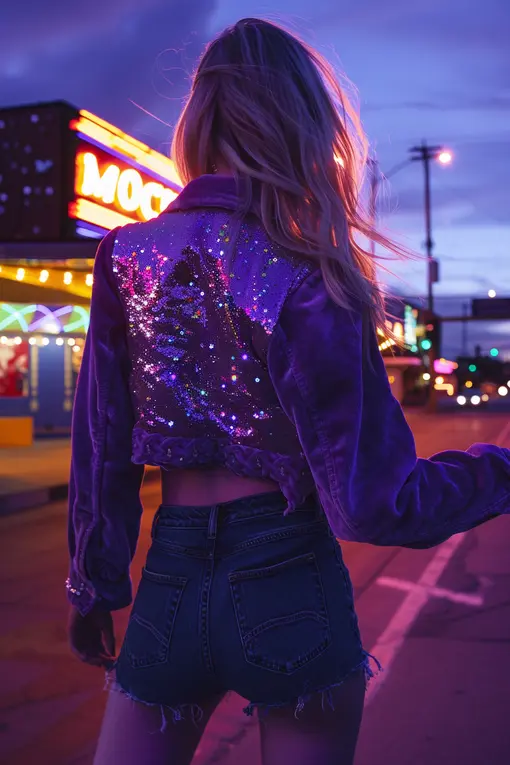McBling (2003 - 2008)
McBling, also known as Bling-Bling, is a term used to describe a flashy and ostentatious aesthetic that emerged in the US during the early 2000s following Y2K.
This aesthetic focused on conspicuous displays of wealth through the use of jewelry, designer clothing, and other luxury items. It became most prominent between 2003 and 2008 and was particularly popular among hip-hop and rap artists and their fans.
Home / McBling
ARTICLES
The origins of the McBling aesthetic can be traced back to the early 2000s when hip-hop and rap music became increasingly popular in the US. Many of these artists came from impoverished backgrounds, and the McBling aesthetic allowed them to express their newfound wealth and success. They used the aesthetics of jewelry, designer clothing, and other luxury items to signal their status to others and to assert their place in the cultural zeitgeist.
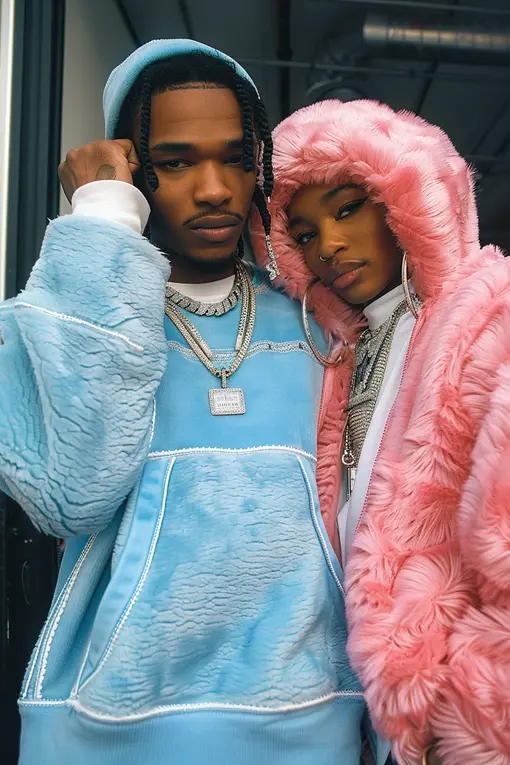
McBling Aesthetic Influences
The sociopolitical and cultural influences that gave rise to the McBling aesthetic are complex and multifaceted. One of the primary influences was the rise of hip-hop and rap music, which had its roots in African American culture and reflected the experiences of marginalized communities.
The aesthetic was also influenced by the wider culture of consumerism that was prevalent in the US during this time. The use of luxury items to signal status was not unique to the hip-hop community, but it was particularly pronounced among this group.
Economically, the McBling aesthetic can be seen as a reflection of the growing economic inequality that was becoming increasingly visible in the US during this time. The use of luxury items to signal status was a way for those who had achieved financial success to distinguish themselves from those who had not. This was particularly true in the wake of the dot-com bubble and the subsequent economic downturn, which had left many people feeling disillusioned and disenchanted with the American Dream.
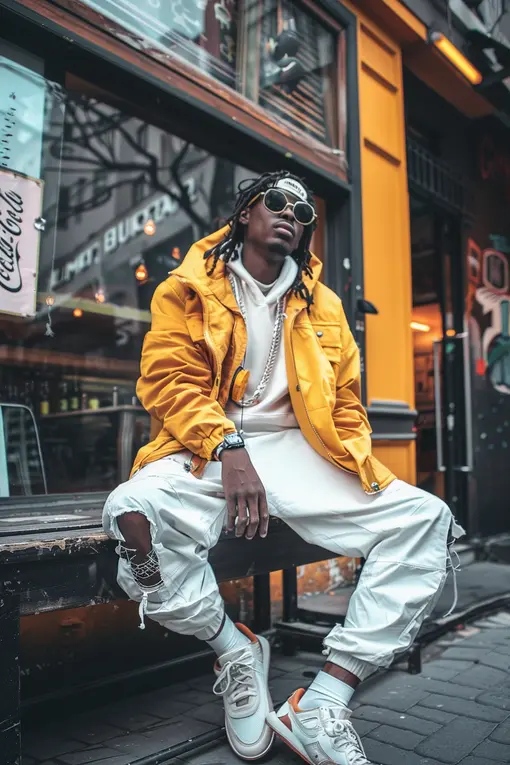
McBling Era
The McBling aesthetic was a reflection of the sociopolitical, cultural, and economic trends that were prevalent in the US during the early 2000s. It emerged as a way for hip-hop and rap artists to signal their newfound wealth and success, and it became a cultural touchstone for a generation of young people. Its influence can still be seen in contemporary fashion and culture, and it remains a powerful expression of cultural identity and a way for marginalized communities to assert themselves in the face of social and economic inequality.
The adoption of the McBling aesthetic in the US between 2003 and 2008 can be understood as a response to the shifting sociopolitical, cultural, economic, and world influences of the time. To understand this shift, it is helpful to look at the broader historical context of the late 1990s and early 2000s.
Y2K Aesthetic VS McBling
The Y2K aesthetic, which emerged in the mid-1990s and lasted until around 2004, was characterized by bright colors, bold patterns, and futuristic design elements. It was influenced by a variety of cultural and technological factors, including the rise of the internet, the dot-com boom, and the popularization of digital technologies.
However, as the turn of the millennium approached, the cultural and economic landscape of the US began to shift. The dot-com bubble burst in 2000, and the US was plunged into a period of economic uncertainty and recession. The 9/11 attacks in 2001 also had a significant impact on American society, leading to increased anxiety and a heightened sense of national security.
In this context, the Y2K aesthetic began to lose its appeal. The bold colors and futuristic design elements that had once felt exciting and optimistic now seemed naive and out of touch with the realities of the world. Instead, there was a growing interest in more grounded, authentic, and realistic aesthetics that reflected the concerns and experiences of everyday people.
The McBling aesthetic emerged as a response to this shift. Rather than looking towards the future, it focused on the present, and on the tangible markers of success and status that were visible in everyday life. This included designer clothing, luxury accessories, and other items that signaled wealth and social status.
Sociopolitically, the McBling aesthetic reflected the growing economic inequality in the US during this time. As the gap between the rich and poor continued to widen, the desire to display one’s status through luxury goods became more pronounced. The aesthetic was also influenced by the broader cultural trend towards consumerism and the commodification of identity.
Culturally, the McBling aesthetic was closely tied to the rise of hip-hop and rap music, which had become one of the dominant forms of popular culture in the US. Many of the artists associated with this genre were from impoverished backgrounds, and the adoption of the McBling aesthetic was seen as a way to assert their newfound wealth and success.
Economically, the McBling aesthetic can be seen as a response to the uncertain economic climate of the early 2000s. Rather than investing in volatile tech stocks or speculative ventures, many people began to focus on more tangible markers of success, such as luxury goods and real estate.

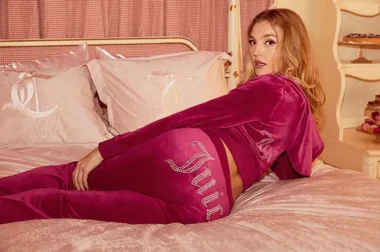

The Frutiger Aero aesthetic, which emerged around the same time as the McBling aesthetic, was also influenced by the shifting cultural and economic landscape of the early 2000s. Like the McBling aesthetic, it was focused on authenticity, simplicity, and groundedness, rather than the bold colors and futuristic design elements of the Y2K aesthetic.
In conclusion, the adoption of the McBling aesthetic in the US between 2003 and 2008 can be understood as a response to the shifting sociopolitical, cultural, economic, and world influences of the time. It emerged as a way for people to assert their status and success in an uncertain economic climate, and it was closely tied to the rise of hip-hop and rap music. The decline of the Y2K aesthetic and the rise of more grounded and authentic aesthetics, such as McBling and Frutiger Aero, reflected a broader cultural shift towards a more realistic and pragmatic outlook on the world.
10 Proven Ways to Improve Your Health and Wellness in 2025 In today’s fast-paced
50 Boho Bedroom Ideas for a Cozy Bohemian Retreat Transform your bedroom into a
Mid-Century Modern Bedroom Ideas Mid-century modern bedrooms sweep you into a vibrant era that


